Mediterranean: good practices from the “Catalan Coast Conservation and Exploitation” workshop
MedPAN and RAC/SPA have conducted in 2016 an assessment of where we stand with Marine Protected Areas (MPAs) and Other Effective area-based Conservation Measures (OECMs) in the Mediterranean. Read more about it at http://www.medpan.org/en/mediterranean-mpa-status
The Mediterranean: a sea under pressure
The Mediterranean covers 0.7% of the world oceans and 1/3 of the global maritime traffic passes through the basin. As the 1st tourist destination in the world, with a large number of annual arrivals (343 million in 2014), it is expected to grow over 40% by 2025.
However, the news aren’t pretty for the Mediterranean: its resources are overexploited, particularly regarding fish stocks as 85% of which are overfished*; Land-based pollution has been profoundly affecting biodiversity and the quality of coastal waters. Moreover, the Mediterranean already shows drastic impacts linked to climate change; and it has been suffering largely with non-native marine species – more than 900 are found in the Mediterranean, with at least 40 invasive that are affecting local communities and marine habitats.**
* FAO. 2016. The state of Mediterranean and Black Sea Fisheries. General Fisheries Commission for the Mediterranean. Rome, Italy. Sources: MedTrends project (WWF France), Blue Plan GFCM.
**Information extracted from the brochure: 2016 status of MPA in the Mediterranean.
How is the Mediterranean being protected?
According to the 2016 status of MPA in the Mediterranean report, there are 186 sites designated at national level which cover only 1.60% or 40,327 km2 of the Mediterranean Sea. The surface covered by nationally designated sites has close to doubled since 2012, with the creation of 6 new sites, some of which being very large (more than 1,000 km²). Of these nationally designated sites, 76 have at least one no-go, no-take or no-fishing zone that are known of. These cover 0.04% of the Mediterranean Sea (976 km2 ).
The report highlights that
- the most no-go, no-take or no-fishing zones are smaller than 5 km²,
- only 18 MPAs have such zones covering over 10 km2 and only 2 cover more than 100 km2 .
- Trends in the creation of MPAs that contain no-go, no-take or no-fishing zone(s) have slowed down since the late 1990s.
- Little is known as to whether these no-go, no-take or nofishing zones are implemented and effectively managed.
Of those MPAs that are known to implement such zones, most show multiple positive benefits.
Catalan Coast Conservation and Exploitation
The 1st workshop
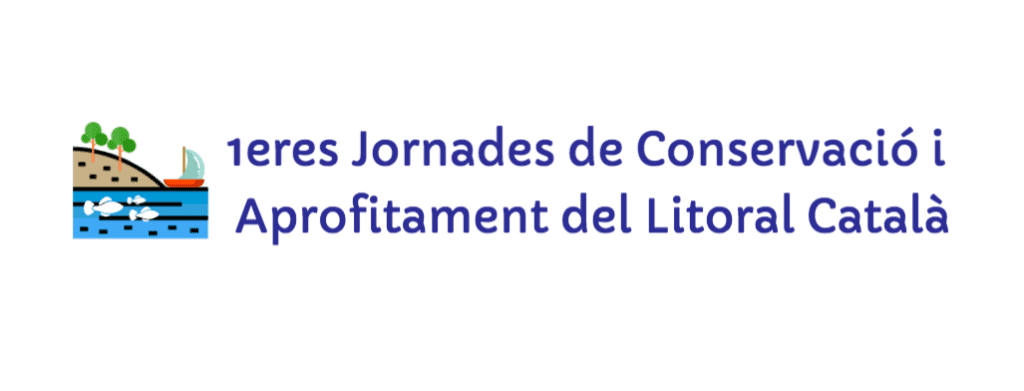
Exchanging knowledge on fisheries and nature conservation through the engagement of a wide range of stakeholders, was the purpose of 1st workshop on Catalan Coast Conservation and Exploitation, that took place at the Aiguamolls de l’Empordà Nature Park, on the 28th January 2017.
The meeting, quite unique in its approach, gathered representatives of the Administration, Academia, NGOs, Fishermen, Divers and Civic society with the aim of exchanging on different issues related to fisheries and nature conservation. Teresa Pastor, EUROPARC Project and Policy Development Manager, represented the Federation in the meeting.
Puri Canals, president of MedPAN, opened the workshop by giving on overview of the 2016 status of MPA in the Mediterranean. She highlighted the urgent need to radically increase the number and surface of No-Go, No-take, No-fishing zones to ensure species conservation. Indeed,
60% of current MPA do not have a management plan and that the lack of proper and secure funding is one of the highest challenges for MPA managers.
Besides, she reinforced the need to jointly work with the European Maritime Spatial Planning, to ensure that this European initiative is an opportunity for MPA and not a risk for them.
Good practices in the Mediterranean
During the workshop, participants shared interesting initiatives that are being implemented in the Mediterranean, learn about them below.
Marine custody
http://www.canyonsdelmaresme.cat/
It consists of translating the concept of Land stewardship to a Marine area. Since there are no land owners, stewardship is awarded to Sailing clubs, Diving centers or NGOs.
LIFE Platform Low Impact Fishers of Europe
The Low Impact Fishers of Europe is an umbrella organisation run by artisanal fishers for artisanal fishers. The aim is to make the voice of small-scale fishers heard in Europe and beyond
Cuttlefish project – Projecte Sepia
http://www.projectesepia.com/index.php
The aim of the project is to favour reproduction of cuttlefish by means of tree branches tight in the seabed that are used by cuttlefish to moor their eggs in a MPA. This project also serves for environmental education purposes.
Silmar project
http://fundacionmar.org/silmar-2/1-proyecto-silmar/
The SILMAR project is an innovative tool, an ongoing monitoring and custody of the heritage of the Spanish Mediterranean coast that works in network thanks to the participation of civil society, companies, local administration and other organizations linked to the use, management and conservation of the marine environment.
The Marine Areas for Biocognition
http://fundacionmar.org/zona-maritima-para-el-bioconocimiento/
(Zonas Marinas para el Bioconocimiento)
These are marine zones for the promotion of marine capacity building. They are managed by Marine Custody agreements, seeking the active participation of the whole society.
MERCES project
The project MERCES (Marine Ecosystem Restoration in Changing European Seas), funded in H2020, is the first European project focused on the development of tools and solutions for restoring degraded marine habitats, and recovering their biodiversity and functioning.
Ghost Fishing
Ghost Fishing has been collaborating worldwide with various local groups of technical divers and salvage companies to remove lost fishing gear.
IMPACT Interreg Europe kick-off meeting takes place
IMPACT Interreg project partners
The European project IMPACT Interreg Europe has started with the celebration of a three day kick off meeting organized by the Andalusian Regional Council, which took place between Seville and the Nature Park Sierra de Grazalema, Spain. EUROPARC Federation, as the communication advisor partner of the project, was present in this meeting.
An interregional initiative to balance the use and preservation of protected areas
Together with the Spanish representatives and leaders of the project, members from Germany, France, Italy, Lithuania and Romania have addressed the action lines of IMPACT (Innovative Models for Protected Areas: ExChange and Transfer). Its ultimate goal is to introduce a new approach to protected area planning in order to meet current challenges in conservation together with sustainable development.
The Conference was inaugurated by Javier Soto, Director of the project and from the Andalusia Regional Council, and counted with the participation of professionals from the local protected area management institution and relevant politicians.

Jose Manuel Quero, Director of Grazalema Natural Park (left) and Javier Soto, Head of Socioeconomic Dynamization Service, Andalusian Regional Council (right) during the IMPACT kick-off meeting.
More than ever, planners and managers of natural are challenged with the need of combining the sustainable use of natural resources to promote socio-economic development and the preservation of biodiversity. Natural protected areas are undoubtedly a potential source of green jobs and economic development, as illustrated by the companies established in this territory, which the meeting participants had the opportunity to discover. The meeting was followed by a set of visits to some of the companies located inside the Cadiz province region of Sierra de Grazalema Natural Park.
Andalusia region has been an excellent example for the promotion of socio-economic activities in protected areas.
Learning from local companies
The visits started with the Ethnological Museum Molino de Abajo, an ancestral mill propelled by the water of the river Majaceite. This museum is located at El Bosque village and in it is possible to see an ancient mill recovered from the family tradition by Francisco Javier González, and through which he produces wheat flour and a local rounded bread, or Mollete, for the whole region. Afterwards, a visit to El Bosqueño took place. This company produces cheese from autochthonous sheep and goat breeds, and has been granted with an international award for the quality of their cheese. Last, it is worth to mention the visit to the Enrique Calvillo Rural Hotel, an accommodation recognized with the European Charter for Sustainable Tourism in protected areas (ECST) promoted by EUROPARC. All of them are good examples of economic activities developed inside a protected area such as the Sierra de Grazalema Natural Park.
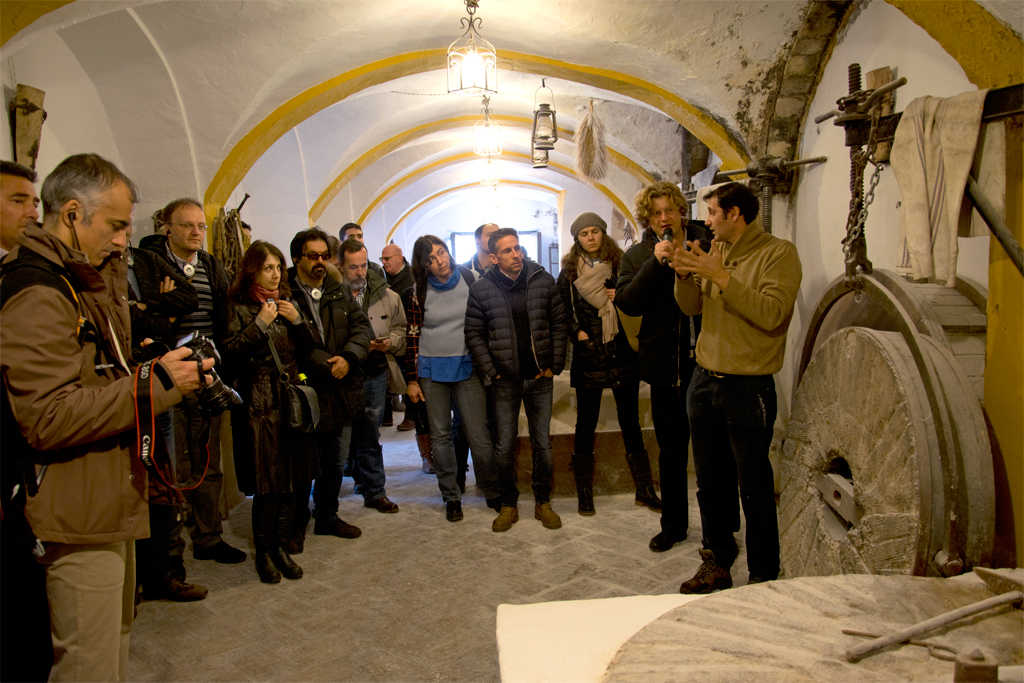
Visit to El Molino de Abajo, where Francisco Javier Gonzalez explained the production process to IMPACT project partners.
On the other hand, at the other side of the Natural Park belonging to Malaga province, the participants were able to taste the ecological comfitures of Al Jaque jam factory. This factory uses local and natural products to produce its marmalades and is fully committed with the conquest of the vegan market. The visit ended at the olive oil production factory Oleum Viride, which is located at the foot of Zahara de la Sierra municipality, and where the attendees were able to learn about the process through which olive oil is produced.
Andalusia region as an example of economic development in protected areas
All these companies have been able to produce handcrafted goods, disseminate their production techniques through didactic workshops, and promote eco-tourism through exhibitions and guided tours inside a protected area without compromising nature conservation. For this reason, Andalusia has been an excellent example for the promotion of socio-economic activities in protected areas through the implementation of Sustainable Development Plans that undoubtedly will inspire other European partners.
Follow IMPACT Interreg project updates on the project website.
EUROPARC Webinar – The EU Habitats Directive: from theory to practice
Krkonose National Park, Czech Republic © Kamila Antošová
EUROPARC WEBINAR
The EU Habitats Directive: from theory to practice
14th February 2017 from 16:00 to 17:15 CET(Central Europe Time)
On this EUROPARC webinar, we will explore how the EU Policy is being implemented in Natura 2000 sites, with a special focus on the Habitats Directive. This Directive ensures the conservation of a wide range of rare, threatened or endemic animal and plant species.
During the webinar, we will look at an important tool, the Appropriate Assessment framework (Article 6.3-4 Habitats Directive) and share two case studies, from a Park perspective and from a Ministry level.
The webinar is jointly organised by EUROPARC Federation and EUROPARC Central and Eastern Europe and will be moderated by Michael Hošek, Coordinator of the Section and who sits as the EUROPARC representative on the EU Commission’s Expert Group on the Management of Natura 2000.
Michael was in charge of the Natura 2000 implementation in Czech Republic between 2005-2013 and has been still active in the topic not only in the EU countries, but also in the EU candidate and associated countries.
How to join?
Case Study 1 – A hundred times nothing killed the donkey
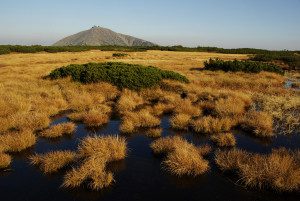
Krkonose National Park, Czech Republic © Kamila Antošová
The title of the case study is a Czech proverb describing the situation when a considerable change is a result of gradual (and often long-term) accumulation of many negligible changes. Mountain meadows in SCI Krkonoše are metaphorically the donkey from the proverb.
Their area is being reduced steadily and considerably by house-building. Individual houses are usually small, they do not concentrate in large areas and the total area of meadows is still large. Therefore, it is difficult to convince public about the necessity of appropriate regulation.
The case study shows (i) basic facts about the area reduction of mountain meadows in the SCI Krkonoše and (ii) methodological approach of its regulation in the frame of Appropriate Assessment.
Case Study 2 – The Appropriate Assessment in Hungary
by András Schmidt, Ministry of Agriculture, Hungary
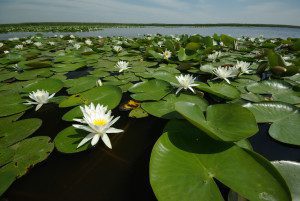
Hortobagy National Park, Hungary © Gábor Kovacs
How is Hungary following the Appropriate Assessment?
The presentation aims to give an overview of how Article 6(3)-(4) of the Habitats Directive has been transposed into Hungarian legislation and into the authoritative system of Hungary. It will also summarise the story of two cases when Hungary requested the opinion of the European Commission under Article 6(4) of the Habitats Directive. One case concerns a SAC, the other case occurred in a SAC which is also a national park.
More information about the Article 6
The Article 6 is one of the most important in the Habitats Directive, as it defines how Natura 2000 sites are managed and protected by:
– requiring the Member States to take appropriate conservation measures and avoid activities that can damage habitats;
– laying down the procedure to be followed when planning new developments that might affect a Natura 2000 site.
Scotland: Campaigning for new National Parks
Loch Lomond and The Trossachs National Park, Scotland © NP Archive
There is an intense campaign in Scotland for the creation of new National Parks. Last week, the campaign reached the Scottish Parliament with an event entitled “Unfinished Business – More National Parks for Scotland”. Campaigners are showing the case for the establishment of 7 new national parks, to join the Loch Lomond and The Trossachs, and The Cairngorms, the only National Parks in Scotland.
An exhibition welcomed participants at the Parliament and three Scottish specialists on Protected Areas were invited to share their view. Carol Ritchie, EUROPARC Director, was one of the invited speakers, along with Sir Alex Fergusson and Ross Anderson. Together, they have shown the economic, environmental and social benefits that new National Parks would bring to the country. Read more about the event here and read EUROPARC’s vision below.
The campaign is led by the Scottish Campaign for National Parks (SCNP) and Association for the Protection of Rural Scotland and the event was sponsored Finlay Carson, MSP for Galloway and West Dumfries.
EUROPARC supports the creation of new National Parks in Scotland and wishes a very successful campaign.
The National Parks of Scotland can and should celebrate our guardianship of our cultural and natural assets.
Over history, the way we perceive our landscapes has changed, and indeed our national parks as part of that landscape has also changed over time.
National Parks ARE and CAN BE part of delivering that sustainable development AS long as we truly mean. Sustainable development and no sustaining development.
The creation of national parks in Scotland NOW and in the FUTURE is not about creating museums of nature, but laboratories of living working landscapes. They should be allowed to innovate and experiment and grow, for the benefits of the wider countryside and for all of society in Scotland.
EUROPARC believes that … Appreciating the value of Nature is the first act towards creating a sustainable world. Off course we want a sustainable Scotland. Appreciating, understanding and valuing are important but CARING enough to conserve our natural resource is a necessity for our society.
The real challenge of National Parks now and in the future is not just the external factors of climate change and biodiversity loss. Of financial insecurity and political instability or inactivity. The challenge is not just to shift budgets… but thinking and approach.
Not only do we need to change how we manage our landscape, but we need to change the landscape of the mind.
How?
- Adopt innovative, forward thinking, outward looking inclusive approach– partnership working with communities, public sector, business, academia.
- Examine the Culture of the organisation, remain Relevant
- Be the nature reserve, health centre, spiritual retreat, sports facility, ecosystem services “factory”, cultural repository, iconic landscape, national identity. = Be the NATIONAL park.
- Embrace Sustainability – Scotland’s National Parks need to be models for nature conservation, sustainable natural resource use benefiting society and maintaining our cultural heritage and rural livelihoods
- Continue to engender sense of Protected Area community across Common Goals: Shared Vision, encourage exchange of ideas, network.
- Make it REAL. BE Authentic!
- Network – with EUROPARC. Learn from others!
excerpts from Carol Ritchie’s speech
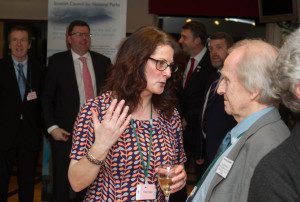
19/01/17 Sunday Post Edinburgh
during the Unfinished Business event at Scottish Parliment discussing the creation of more National Parks in Scotland.